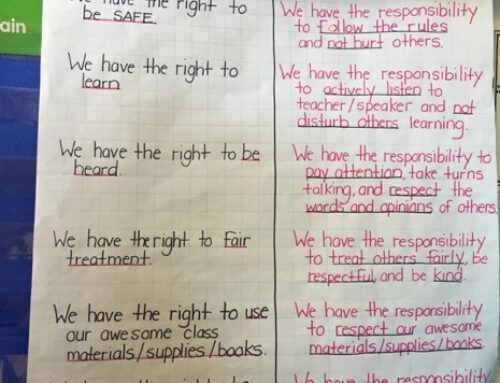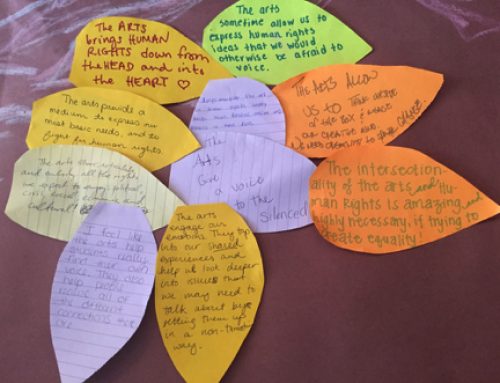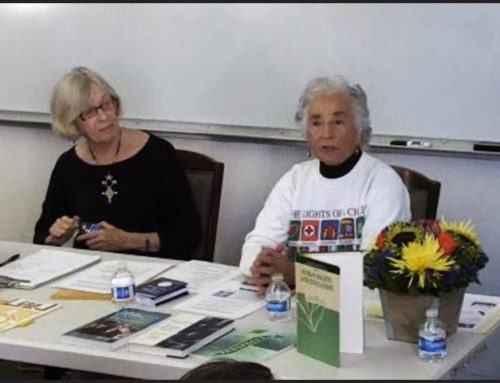In early 2018 we published If You Get Confused, Listen to the Music Play, to offer perspective on how to focus on positive action even amid worrisome news. In March 2018 we presented TWAICB In Small Places Close to Home to bring together people from different community arenas to learn about the UDHR and how to use the UDHR Articles to guide constructive action on issues of concern. From these activities, we now present the following outline of ways to both encourage face-to-face connection for spirited conversation as well as to use the UDHR as a guide to help identify issues of concern, relate them to human rights concepts, and then organize ideas into action steps to positively address the issues.
We would like to suggest the following ways to use personal, face-to-face connection to help focus on where you and your community of family, friends and colleagues can make a difference:
- Get together with people you know – your family, friends, neighbors and colleagues.
- If possible, gather around a kitchen or dining table to enjoy some food together;
- Consider using Human Rights Discussion Agreements;
- Take some time to hear each other’s stories of their day;
- Have some copies of the UDHR nearby for everyone to review;
- Talk about what is a source of community worry or angst for each person;
- You can also use this Personal Experience with Human Rights form as a way to document and then describe a source of concern in your community.
- Agree on one or two areas of concern for focused discussion, and consider the following as possible questions to guide discussion and constructive action:
- What human rights are involved in the focused area of concern? (Which UDHR Articles apply?)
- Why are these human rights important for everyone to experience?
- What are possible reasons underlying this area of concern?
- What else do we need to know to help us answer this question?
- What actions could be taken to help bring attention this area of concern from a human-rights perspective?
- Who ought to know about this concern? What could we ask of these people?
- What are possible next steps to take these actions, including how to stay connected over time?
Here is a Guide to Positive Action to assist in organizing responses to the questions noted above, along with a few others to further refine this focusing process, and identifying the steps that will lead to positive results to address the concern.
These discussions can yield productive results even in one meeting. Yet it is important to know that this is a process that may take some time to bring about full realization of what is outlined. Hopefully, the enjoyment of connecting with kindred spirits over time is a source of encouragement and inspiration, along with all the good that comes from the effort.










